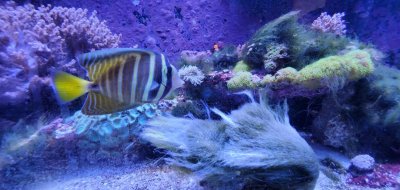- Joined
- Nov 26, 2019
- Messages
- 12
- Reaction score
- 3
It was small so i wasn't worried..i would have to clean my glass once a week because a film would return. I heard about vibrant and started dosing the recommended amount...i started this 4 weeks ago and haven't had to clean my glass since.....BUT now i have an insanely huge hair algae outbreak every surface was covered almost overnight..i dont know what to do. Any help would be great appreciated




















